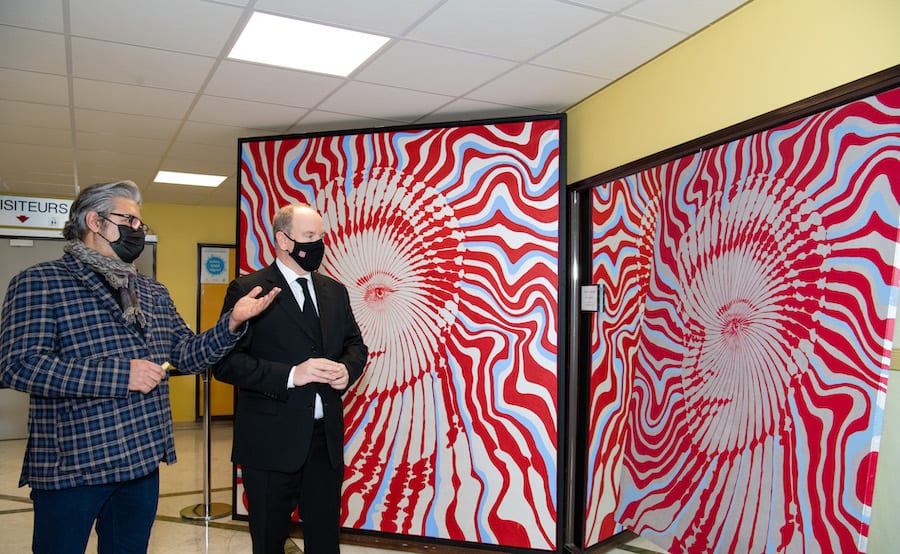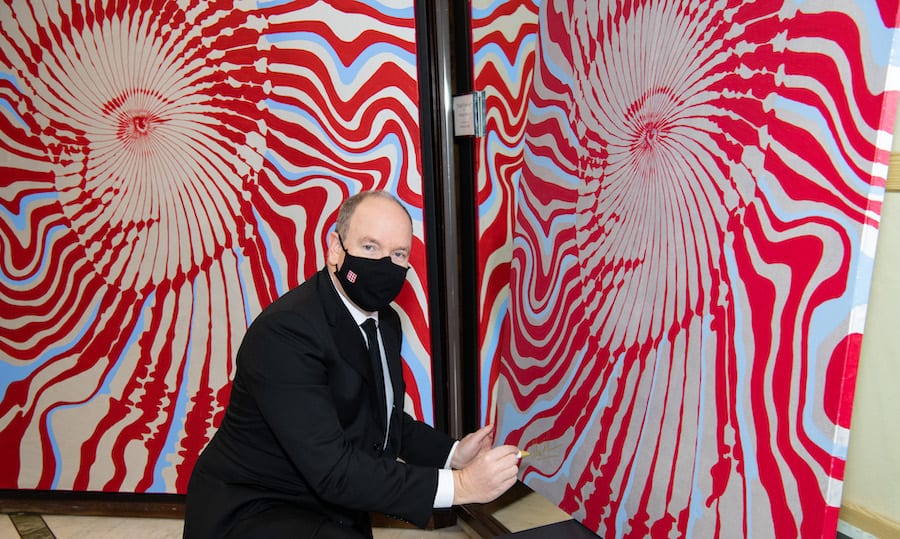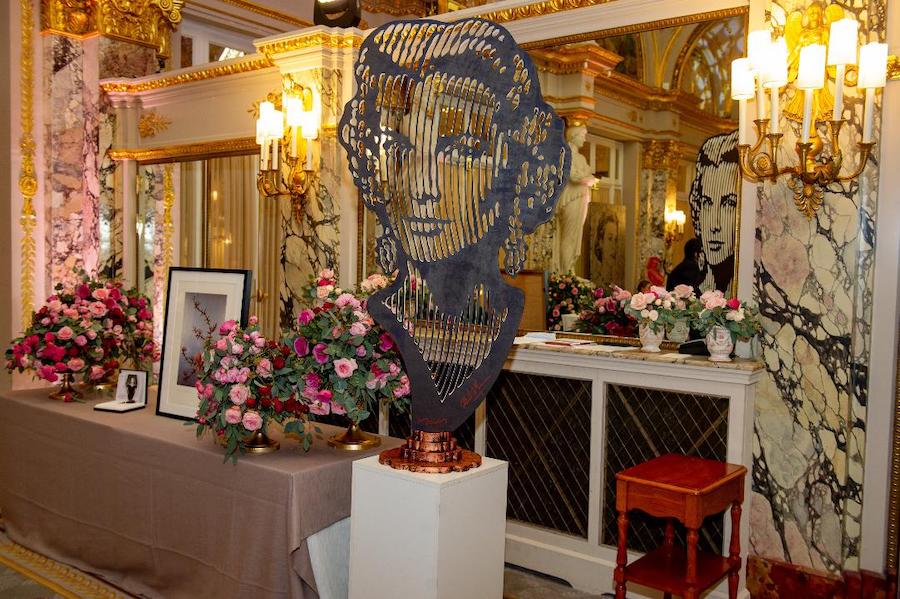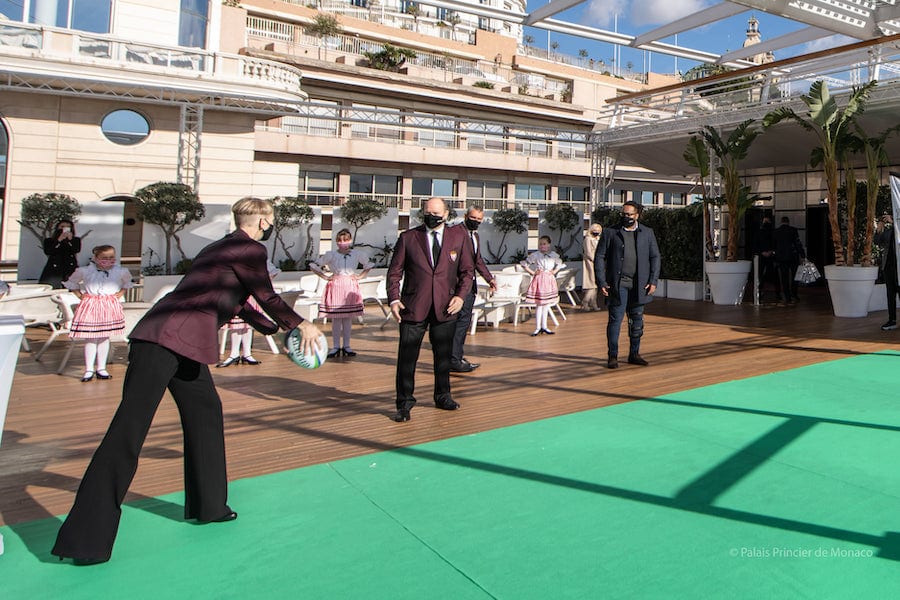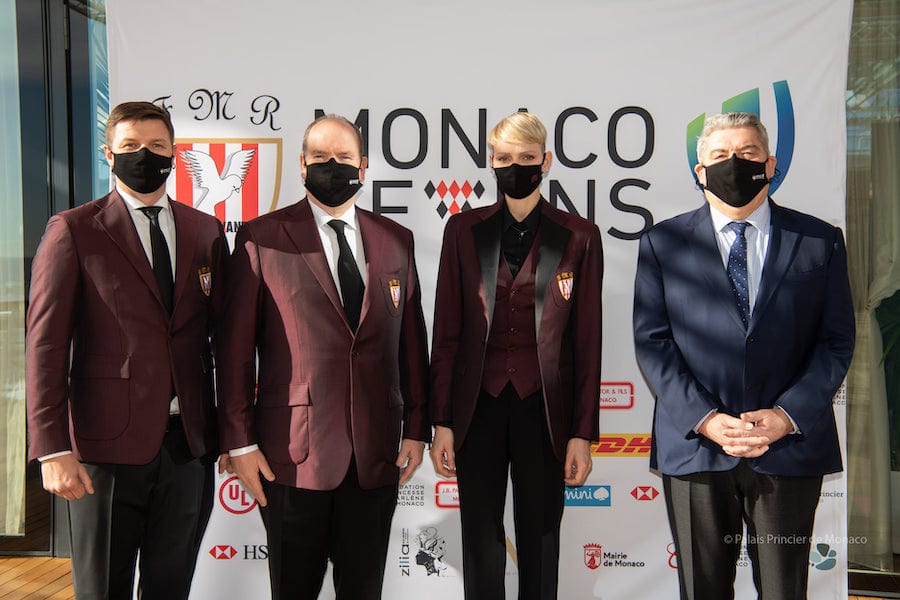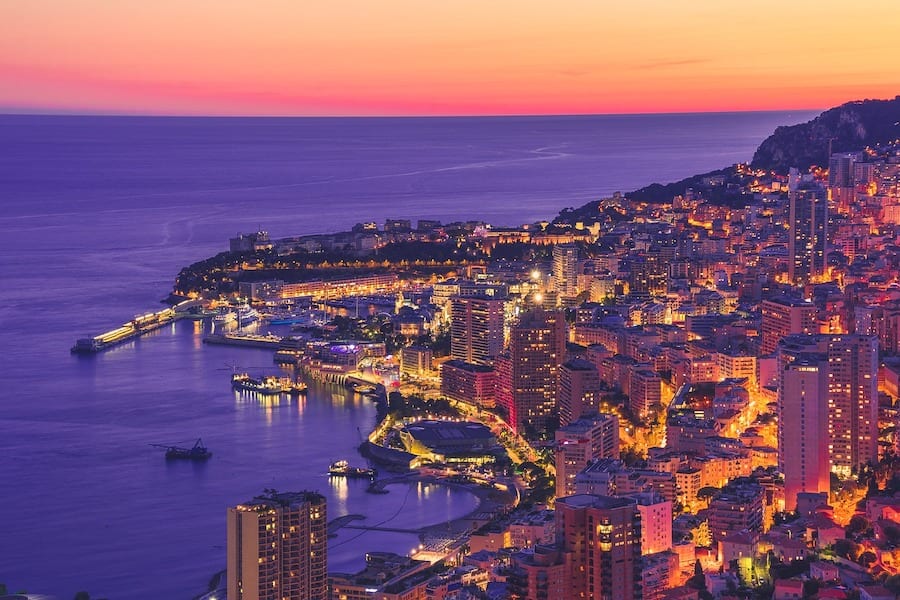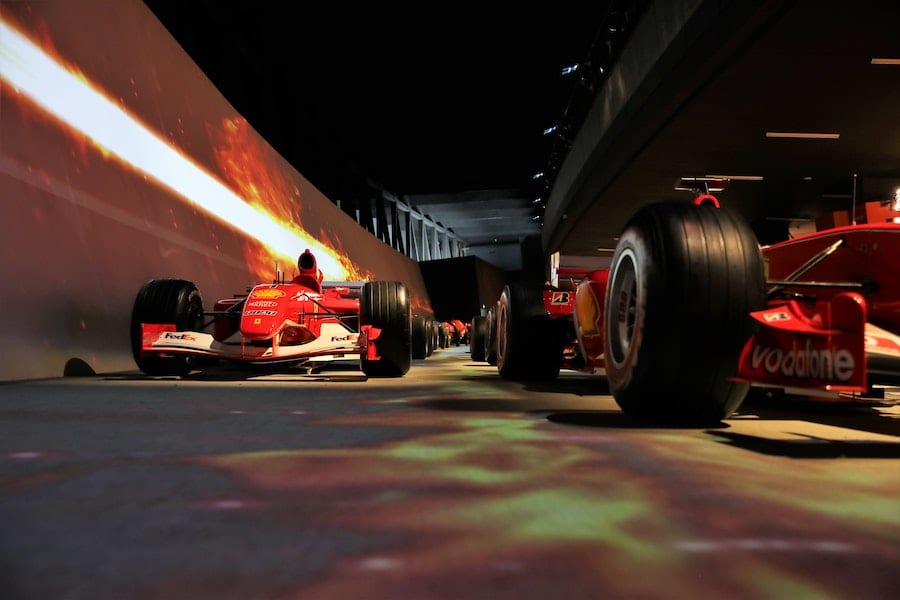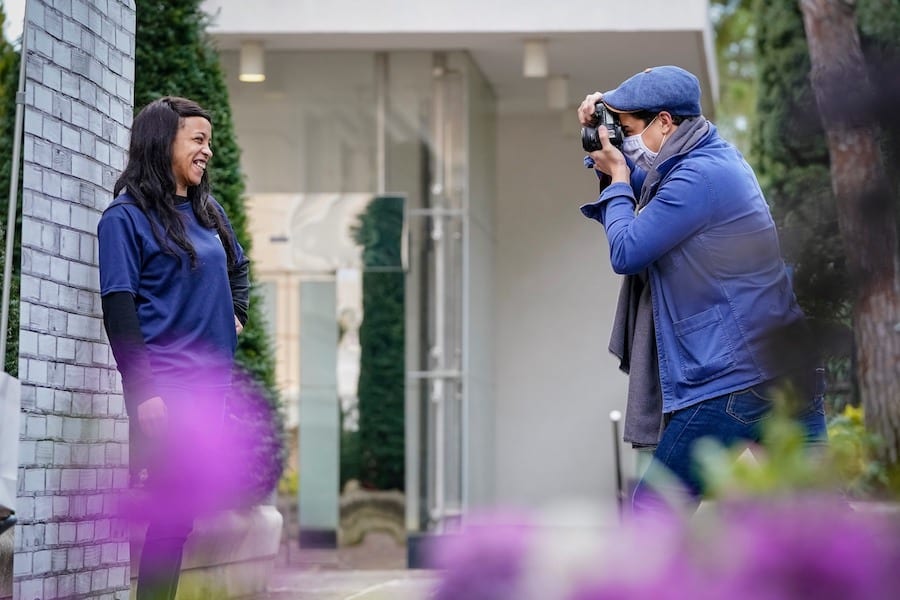In our Q&A with Daniel Coheur, co-founder of Tokeny in Monaco, we explore what is behind the monumental rise of bitcoin and the paradigm shift from centralised to decentralised finance.
What a difference a year makes. Less than 12 months ago, bitcoin was sitting at $3,000 and everyone was looking forward to a normal year ahead.
Enter Covid-19 and the digital currency breaks into a bull run, spawning a new community of retail investors who have a lot of free time on their hands.
All of a sudden Michael Saylor, MicroStrategy chief executive officer, is calling bitcoin “digital gold” and “the scarcest asset in the world”; the planet’s richest man, Elon Musk, makes waves with Tesla’s announcement that it bought $1.5 billion of bitcoin; and traders analysts say institution investment is happening “at a staggering pace”.
Bitcoin hit its all-time high of $50K on Tuesday and the digital asset continues to make inroads into traditional finance, including news that an investment unit of Morgan Stanley is considering whether to bet on bitcoin.
So, what is this great crypto boom?
Well, there is a saying in the digital community that “You don’t get crypto, until you do”. To help explain the phenomenon, Monaco Life spoke to Daniel Coheur, co-founder and Chief Commercial Officer of Tokeny, a digital solutions company that the Monaco government has entrusted with securing its blockchain finance platform.
Monaco Life: How would you describe what has happened over the past six to 12 months with regards to bitcoin?
Daniel Coheur: When you have something like bitcoin that is not is backed by government, then trust becomes essential.
There may have been a very active community of people who believed in the technology and its potential as a future store of value by excellence next to gold, but there was no signal from the main actor of this ecosystem that it was the case.
The regulator helped significantly by allowing hedge funds to start investing, but that went largely unnoticed.
Then came people who were “visible”. The first to really take a stand was Michael Saylor, founder of MicroStrategy, who said that his company was going to buy bitcoin. Today, they have more than $3 billion US in bitcoin, so that certainly pushed things ahead.
Then Laurence Fink from BlackRock said that bitcoin could become an equivalent store of value as gold. Blackrock has $8 billion under management, so if those guys say that, it really means something. Not only BlackRock, but hedge funds in general were saying: “Ok, now we should invest.” Then, Elon Musk brought $1.5 billion bitcoin with Tesla.
It is what people needed to see – that the world’s biggest institutions were getting involved.
Meanwhile, according to the Bank of America, Americans are sitting on $1.6 trillion of spare cash, having not been able to spend money due to Covid-19 and the lockdowns. In the UK, household savings of typically $5 billion are now over $20 billion. With time on their hands and cash to play with, more people have been investing in cryptos.
So, the number of transactions began increasing, as well as the number of accounts. The number of individual Ethereum wallets has grown from 34 million at the beginning of 2020 to over 51 million at the end of 2020.
Last but not least, Decentralised Finance (DeFi) really pushed this forward by providing a means to show how the technology could be used and how, based on those crypto assets, you could make even more money than on the speculative side of investing.
So, I think all of this has been pushing the market to realise that this is not something that will disappear, and everyone that was passive is now looking to invest. That is what has been driving the price of bitcoin.
Where do you see bitcoin going this year?
If it is indeed becoming a store of value that is comparable to gold (people have been claiming that it will reach $200,000 by the end of 2021), is that the limit?
There is a reality that the market can’t ignore: unlike the euro or dollar, you cannot mine bitcoin forever. There is a limited amount of bitcoin and that is a certainty – there is nothing you can do about it.
Canada has approved the first North American Bitcoin exchange-traded fund, Deutsche Bank is planning to offer crypto custody to hedge funds that invest in the asset class, BNY Mellon will roll out its own digital custody unit, and Morgan Stanley Investment Management is exploring whether bitcoin would be a suitable option for its investors. Is there still a place for retail traders in bitcoin and do you see it becoming mainstream?
What is important to remember is that all of these companies are involved in blockchain projects. Besides the value that they place on the currency itself, they have developed a good understanding of the technology. Until recently, institutional investors had no industry grade digital custody solutions. Now, your banker can buy bitcoins or digital securities and have solutions delivered by companies like BitGo, Metaco or Pyctor to safely custody them. The technology risk has been overcome and its simplicity is being made available to investors.
There is a lot of proof of concept that is being run not only to use bitcoins but to understand how, with this technology, banks can upgrade their current infrastructure. The perception of technology is not a barrier of entry for them anymore.
Michael Saylor famously said it first, and Jim Cramer, host of Mad Money on CNBC, repeated it recently, that it would be “irresponsible” for hedge fund managers and companies not to own bitcoin. Do you agree with that statement?
Every financial product has an associated risk, which is driven by the profile of investors – you sign-up, you identity your risk profile, and then you invest according to that.
What would be irresponsible is if you have customers that are willing to take that risk and you are not able to offer them the option.
What is the difference between bitcoin and other cryptocurrencies?
Bitcoin signaled the emergence of a radically new form of digital money that operates outside the control of any government or corporation. With time, people began to realise that one of the underlying innovations of bitcoin, the blockchain, could be utilised for other purposes. Ethereum proposed to utilise blockchain technology not only for maintaining a decentralised payment network but to power decentralised finance. Ethereum applications and contracts are powered by ether, the Ethereum network’s currency, which is now the second largest cryptocurrency by market capitalisation.
It is a different perspective with regards to investing in ether versus bitcoin, because they each serve a very different purpose. For a currency that is considered a store of value, it depends on how much trust people put into those currencies, while for other altcoins that are pouring into infrastructure, it depends on how much potential you see in that infrastructure and what the limitations are behind it.
It takes around 10 minutes of computer time to “mine” one bitcoin. That’s equivalent to 72,000GW of electricity. Energy usage is therefore one of cryptocurrencies’ biggest negatives. How do you see this problem being solved in the future?
It is not something that will change with bitcoin because that is simply the way it operates.
However, Ethereum – which is the dominant public blockchain to power financial transactions – is moving from proof of work to proof of stake, and this will address the issue. Ethereum is not the only one doing this, there are other blockchains gaining in popularity that are using the same kind of consensus mechanism. Polkadot is one that is progressing critically fast. Speed and energy consumption are driving the adoption of the technology as an infrastructure, and when you know that there are 300,000 developers working Ethereum, you understand that this is just a matter of time.
Do you see blockchain changing the future of finance?
What makes blockchain unique is trust, so it will definitely change market infrastructures. Without trust, you need third parties to manage your counterparty risk, a custodian to preserve the integrity of your assets, etc. Very soon, we will no longer see blockchain only as a store of value for bitcoin. Blockchain will be behind every transfer of value. Right now, that is money, but it will soon be anything carrying value – like art, property, or a car, starting of course with securities.
Blockchain and smart contracts will be mainstream in the future and everybody will use it without even noticing. It will be like email is today – no one cares what protocol is behind it, they are only confronted with it when their laptop crashes and they have to reinstall their email.
Where does Monaco sit in this digital paradigm shift?
There has been a lot of work from the National Council and the Government to provide the regulatory framework for Monaco to position itself within this technology. There is the law that was published last year on STOs, and now there is a proposal from the National Council to allow the digital registration on a shared ledger of unlisted company securities. Tokeny has the technology to power that kind of solution; once the share registry is digitised then you can introduce many other services such as online voting. It will also facilitate the transfer of shares and make the process more transparent and more in line with international regulations.
But this is one element of a much bigger picture that Frédéric Genta is overseeing through Extended Monaco and the digitalisation of the economy.
Everything that can be digitalised, will be digitalised, because Monaco wants to be running at the front of the pack.
Related stories:
Monaco advances its digital finance strategy
Daniel Coheur: “Our ambition is to protect Monaco’s reputation”
Prince: Digital is the turning point in Monaco’s history
Photo source: Pixabay

